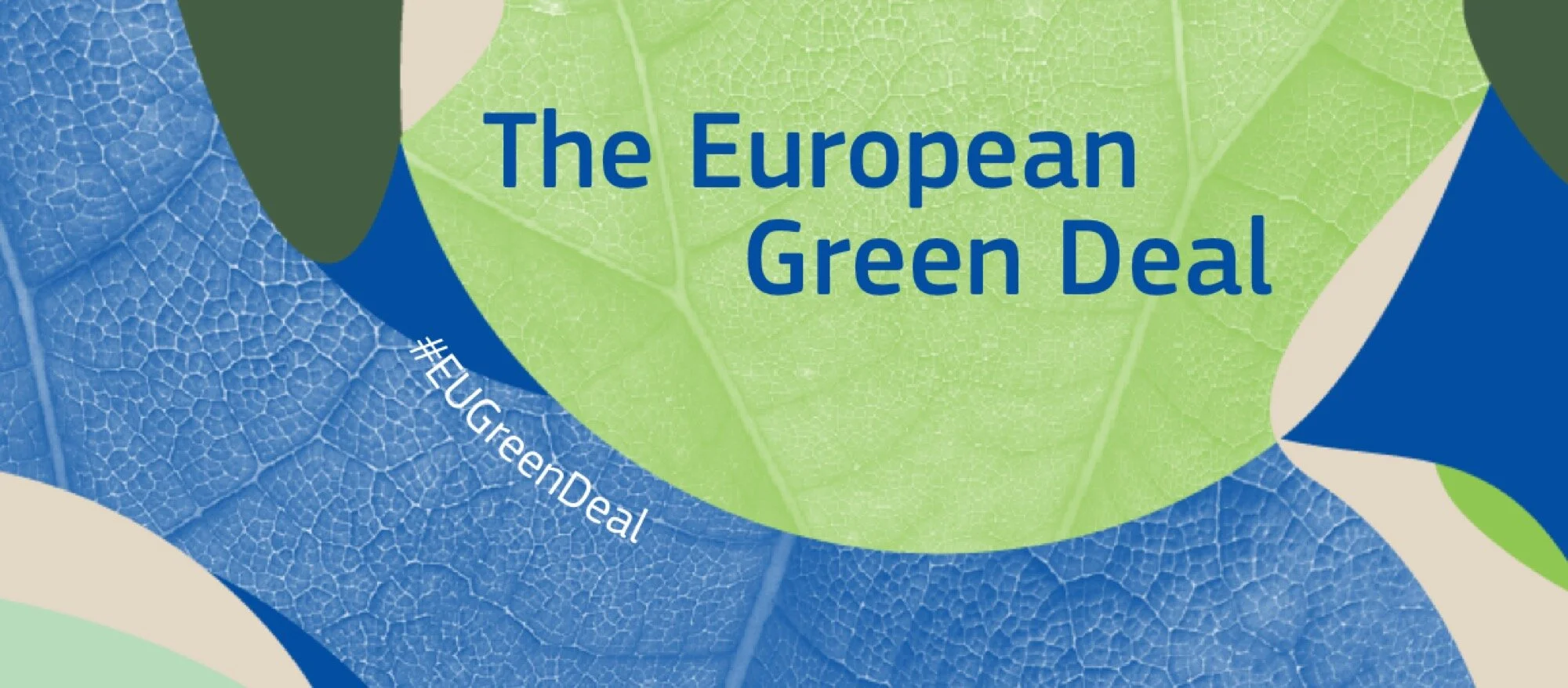How can sustainable design contribute to the European Green Deal goals?
In a moment where our society has received signs that important changes are necessary, with the pandemic demonstrating that we are too dependent on sectors that don’t bring enough added value, and scientists advising about the environmental crisis that is about to come, Europe is preparing a plan that is supposed to transform our economic model into a more circular and sustainable one. But how can circular design help to implement these changes?
Climate change and environmental degradation are an existential threat to Europe and the world. To overcome these challenges, the European Green Deal wants to transform the EU into a modern, resource-efficient and competitive economy, ensuring: no net emissions of greenhouse gases by 2050, economic growth decoupled from resource use, and trying not to leave anyone aside. The goal is to be climate neutral in 2050 -with ambitious targets for 2030- and for that they proposed a European Climate Regulation to turn this political commitment into a legal obligation.
It also wants to be our lifeline out of the COVID-19 pandemic. One third of the 1.8 trillion euro investments from the NextGenerationEU Recovery Plan and the EU’s seven-year budget will finance the European Green Deal, so there is a lot of money coming in to make things change. The timing is perfect, it’s probably our last chance to modify our economic, production and consumption model.
After two big crisis in only a few years (the first one in 2008 was economic, the second one sanitary but with huge economic impacts) and with a climate one about to come in the next years, we have enough knowledge and experience to understand that radical changes are needed. We have to remember that the climate crisis will have far worse effects that the two first ones.
Sustainability and design are disciplines that have a key role in this transition, and that’s why Europe has launched initiatives like The New European Bauhaus. It is an environmental, economic and cultural project, aiming to combine design, sustainability, accessibility, affordability and investment in order to help deliver the European Green Deal. The music sounds really good. The issue here is that we need to go much further than something festive and cultural. In order to achieve the radical changes needed no European country, region, sector or industry can avoid the strategic role that design has to propose new business models and products that fit well into them.
Do you think that the huge investments that are about to come have to be used as a life jacket of the same actors that brought us to this situation? The ones that for example created an unsustainable and aggressive tourism model, or those that in 2021 continue producing electricity using polluting and obsolete solutions won’t probably have the will nor the vision to use all that public money to REALLY change things.
They will probably end with their business as usual, but with a green patina. We have seen it too many times. We believe, instead, that the European Green Deal should provide opportunities for new initiatives that seek to shake our production, consumption, transport or leisure model from top to bottom. Design can help them to do so.
What do you think about the EU Green Deal and the New European Bauhaus? Do you agree with us that they are opportunities that we cannot miss? Will they deeply change things?

